There’s a salad I encourage you to make while you can get fresh peas.
I’ve been nibbling on sweet shelling peas, aka English peas, for a few weeks now, and when Sugar Snap peas showed up at my local farmers’ market, I made the switch. You’d think Fourth of July would be high season for shelling peas, since Independence Day menus have traditionally featured English peas (how ironic), but as climate patterns shift, so do the windows for produce availability. At any rate, frozen peas are available all year round in the supermarket, and since they’re processed at peak sweetness, they’re approved for use by professionals and home cooks alike. Still, there’s nothing like a freshly podded pea for texture and sweetness! And though we may have passed peak pea season, I’m still rooting for the Insalata di Piselli from Via Carota.
The Insalata di Piselli recipe is one of my favorites from the book: Via Carota, A Celebration of Seasonal Cooking from the Beloved Greenwich Village Restaurant, a cookbook I had the good fortune to work on, as co-writer and recipe tester. My fifteen-year-old son, Theo, has been lucky enough to eat that perfectly dressed and stacked tower of leaves at the restaurant more than once, and lately he’s been requesting it for dinner at home. When the ingredients are handy, I leap at the suggestion– it’s perfect for early summer evenings when it’s too hot to cook, but you want something satisfying to close out the day. It's got it all. Sweet peas, salty prosciutto (or speck, our favorite). Lots of buttery lettuce leaves, and a creamy dressing– all you might want to add is a crunchy component, like a thick slice of toast on the side. Like many of the Via Carota recipes, the salad serves two.
But I don’t follow the recipe exactly, and I suggest you liberate yourself too. For one thing, I use whichever type of peas I can get. English peas are so cute in their pod, snuggled in a tidy row. Pop out a handful and drop them in salted, boiling water, then lift them out and cool them down –or use frozen peas and do the same. Sugar Snap peas, which you can eat in their entirety (minus the strings), have that juicy crunch that’s good raw, and even better cooked. Once they’re cool, slice them diagonally to add to the salad. And then there are snow peas, which appeared at my market this weekend. They’re my least favorite peas. Known by the French name mangetout (eat all) in England and Ireland, I find the flat peas a little bit slippery and flat in flavor too; a pile of steamed snow peas on my dinner plate is not very appealing. But cook a few of those just enough and slice them in strips to toss into the salad, why not?
Don’t feel like you have to arrange this tower as the restaurant does. To be perfectly honest, I don’t like a layer of prosciutto nestled amongst leaves the way they serve it; there’s not much worse than wet prosciutto, so I hold back the slices for draping on top.
The biggest tip I can give you though, is to simplify your steps when making the salad dressing. One of the hard things about writing a cookbook, is deciding how to lay out the recipes to make them the most user-friendly. At Via Carota, the house vinaigrette is justifiably famous, and it’s used as a building block for many of their other dressings. So, when you flip to the recipe for Robiola Dressing in the book, it will send you back to the House Vinaigrette. Annoying, maybe, but for the book it was necessary. At home, on the fly, just whisk together a light, lemony vinaigrette, preferably following Jody Williams and Rita Sodi’s excellent vinaigrette guidelines. And then whisk in enough fluffy, creamy cheese to make a luscious, thick salad dressing for your lettuce and peas.
It's not easy to find Robiolina, a fresh cheese the recipe calls for, and I should know! Here in NYC, and anywhere you have an Eataly, or another great cheese shop or Italian import store, you may find it. But in many places in America, well, I can’t say. This is not the aromatic, soft-ripened due latte cheese called Robiola, from Langhe. Actually, before I signed on to work on the cookbook, I was very familiar with fresh Robiolina from my experience of living and grocery shopping in Rome, where small blocks of the foil-wrapped cream cheese are available in supermarkets. I used to buy it for Theo’s after school snacks and spread it on rice cakes. My job as the book’s recipe tester was to make sure the recipes worked in the home kitchen, and in this case, I was determined to come up with a substitute that most readers could be happy with. So, we tested several variations, using cream cheese, sour cream, goat cheese, whipped cream cheese, Neufchatel, quark, buttermilk, crème fraiche, fromage blanc, ricotta…No combination of dairy products was quite as good as the dressing you can make with Robiolina, I admit it. So, for the book, I came up with the best combo I could suggest, which turned out to be whipped cream cheese with a spoonful of crème fraiche. But honestly, at home I’ve grabbed ricotta from the fridge and stirred in sour cream, I’ve used cream cheese with buttermilk, and whatever I’ve got. Take your pick from what’s available to you, make the dressing your own, adding freshly chopped herbs, such as dill, fennel fronds, mint, tarragon or basil if you like.
And you know what? Sometimes good enough is better than good enough. It’s really, really good.




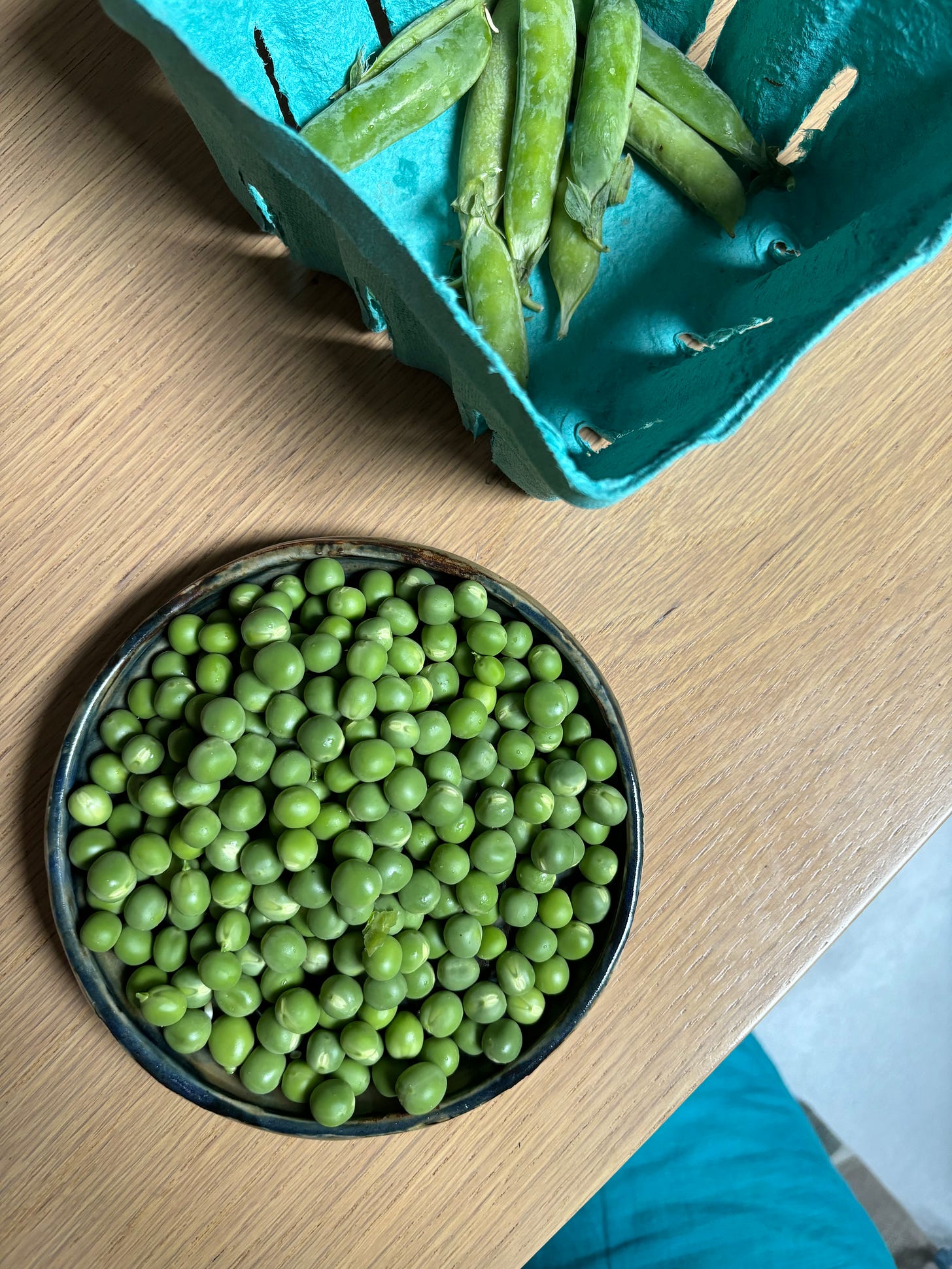
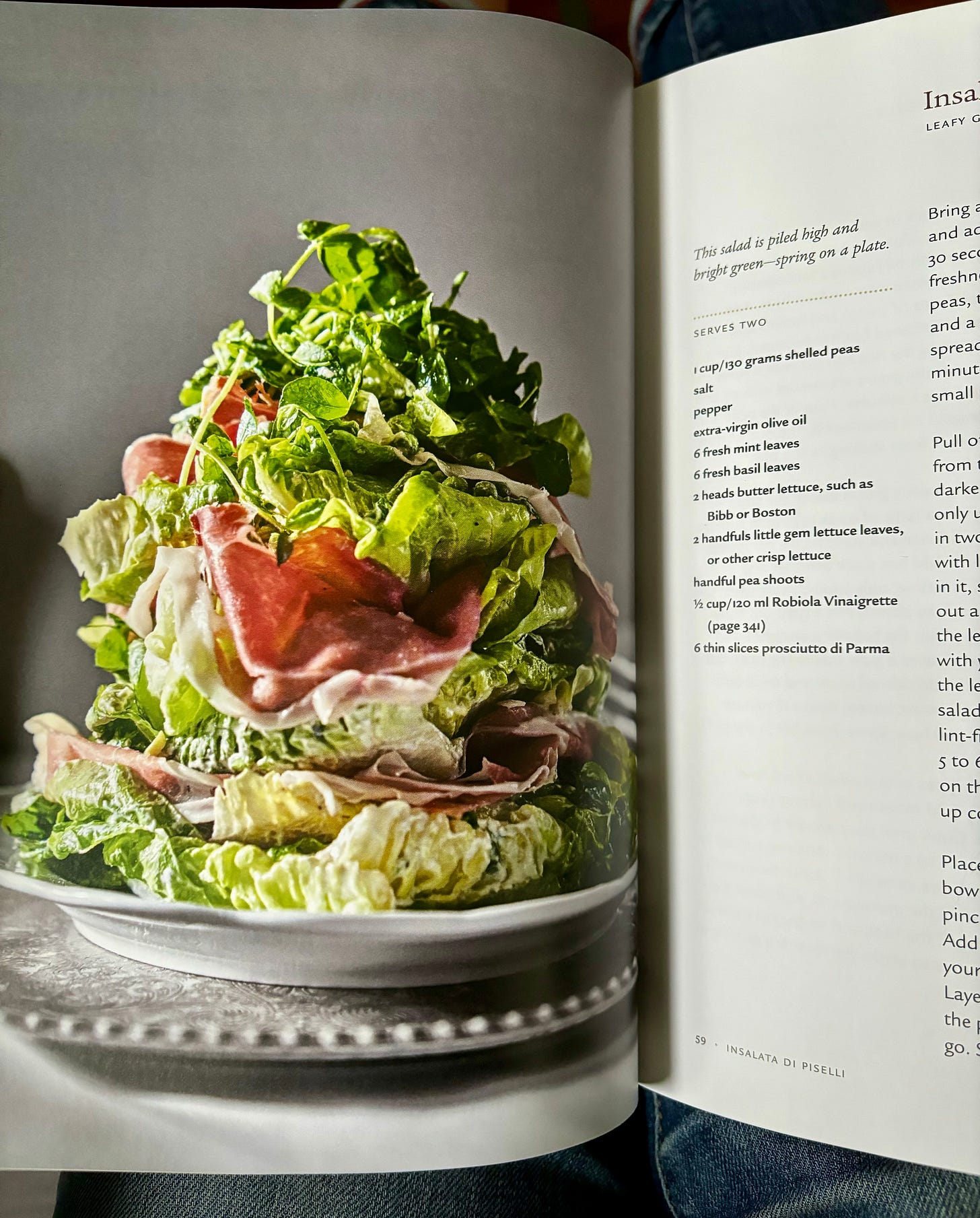
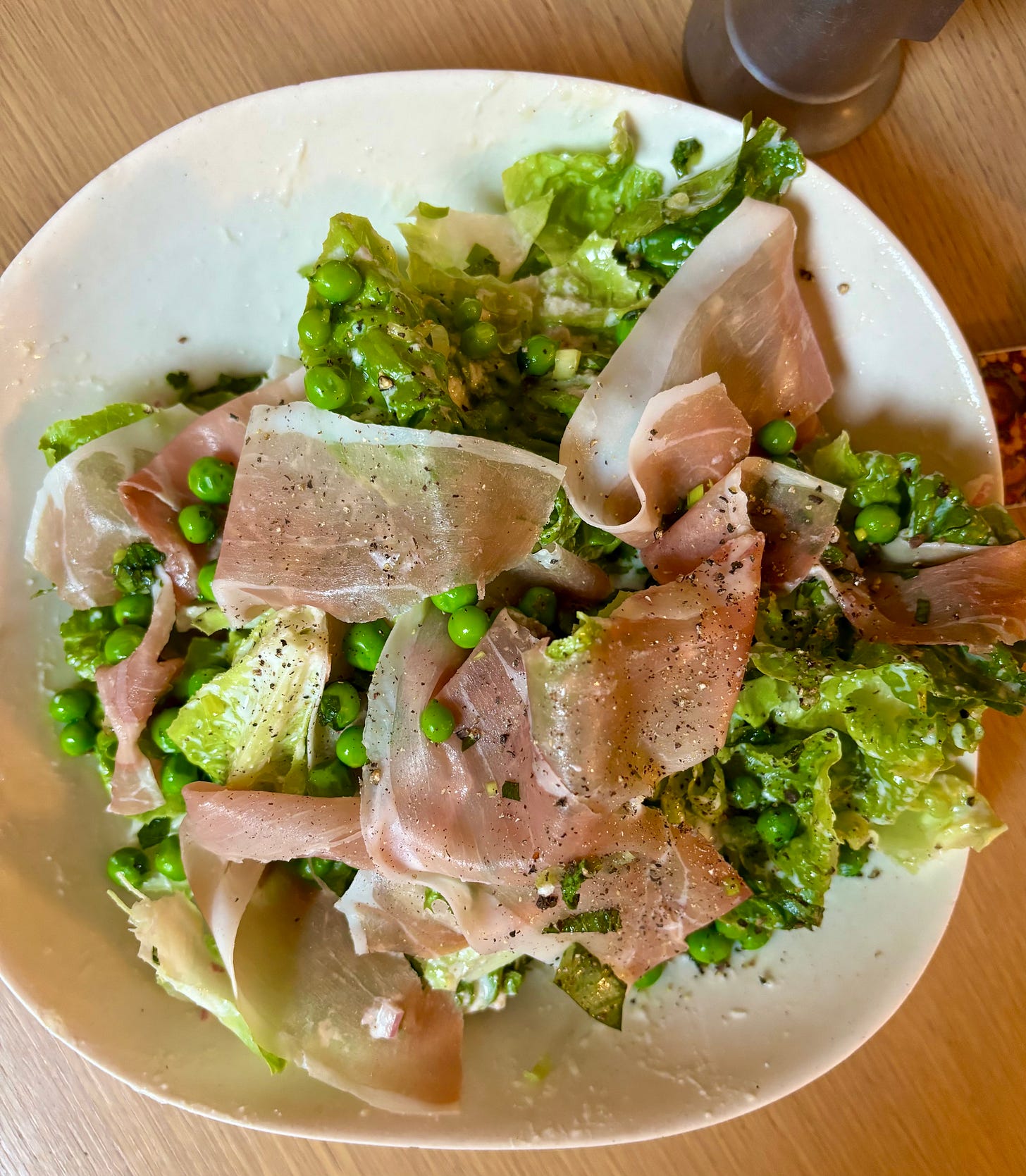
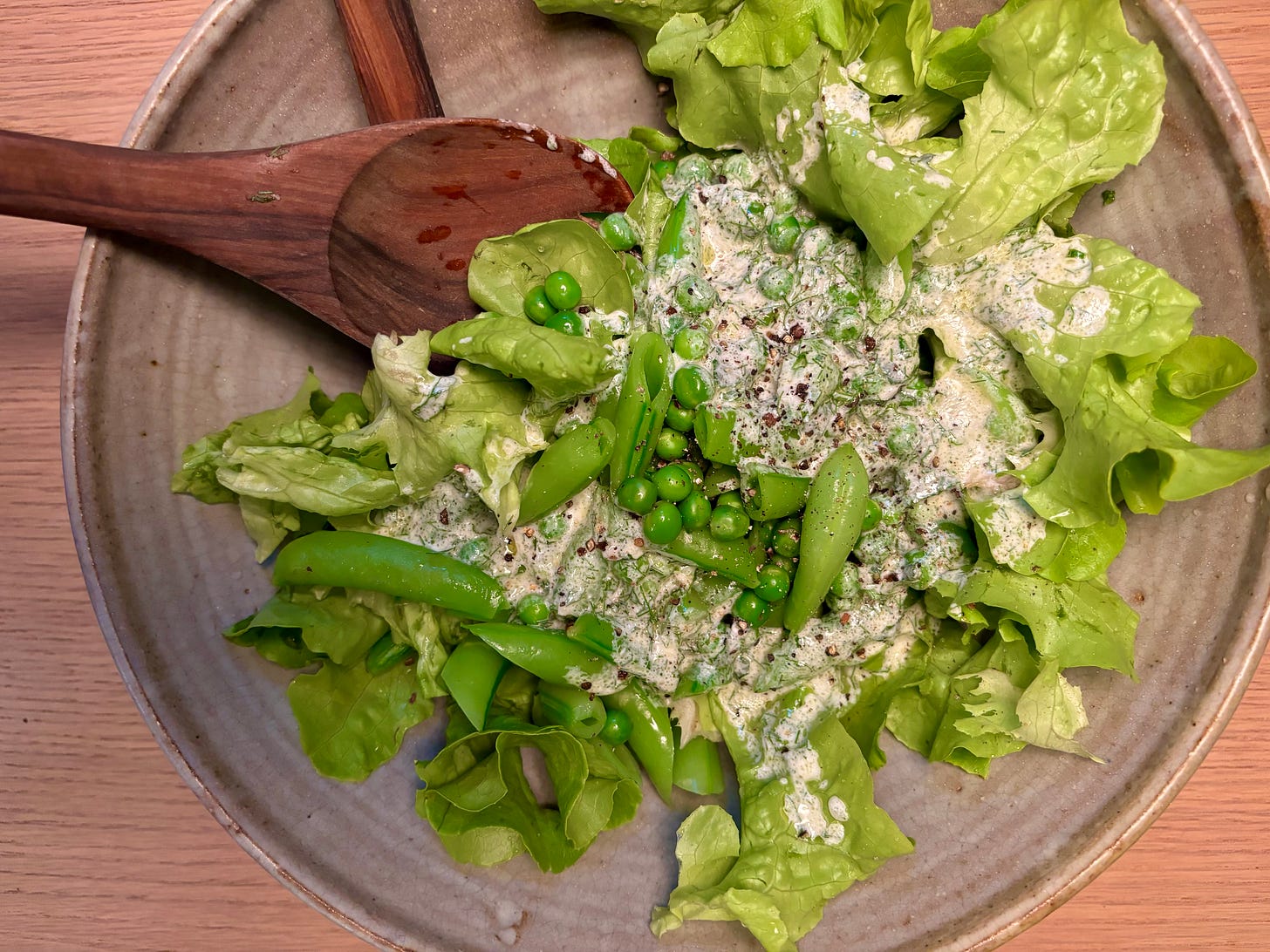
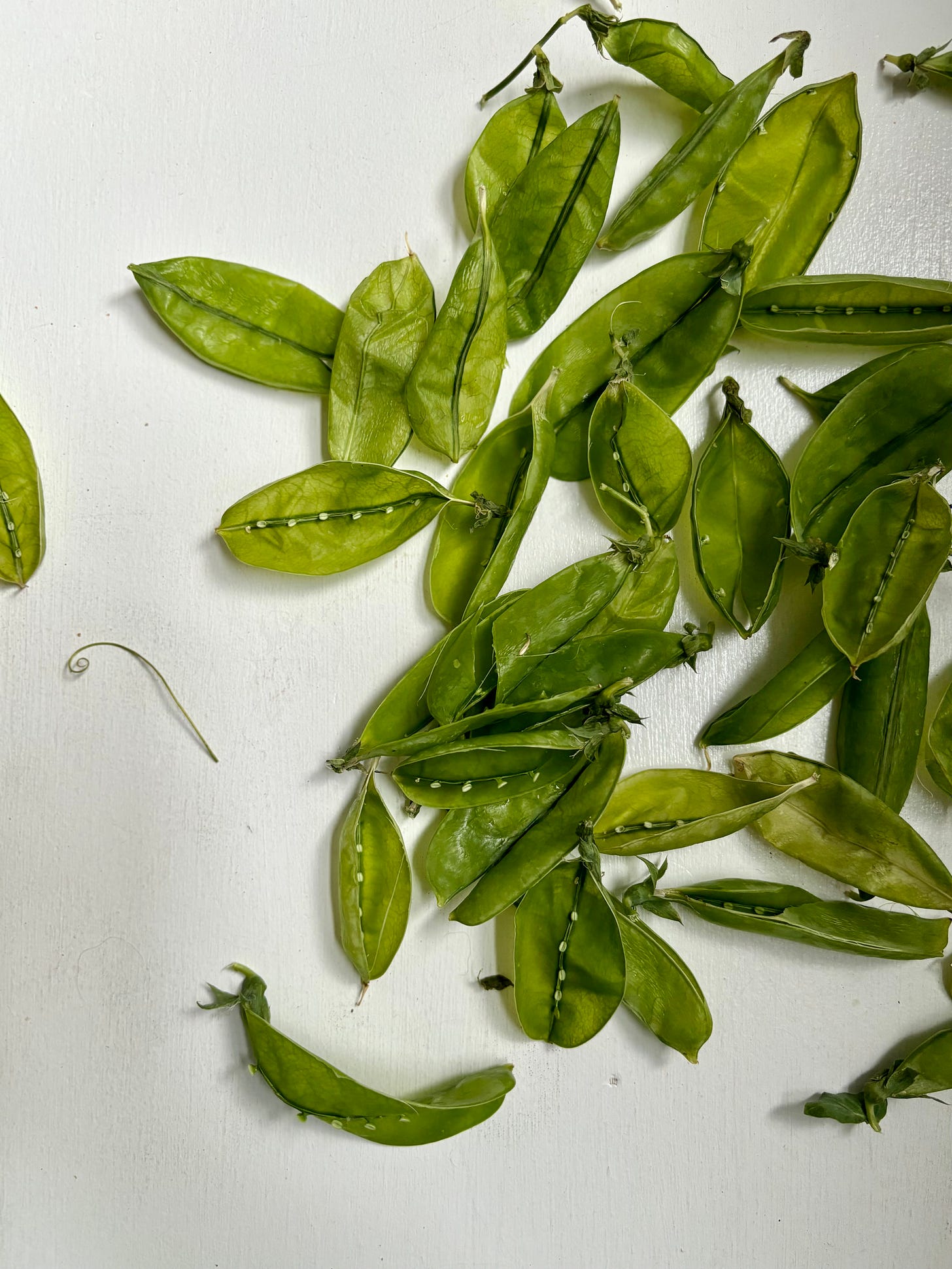
This gives me confidence about having
a go, not trying to be perfect.
Hoping to pick up Robiola at the No. Falmouth Cheese shop on my way home to VT, where the oetite pois in my garden must be just ready, and maybe the lettuce not yet bolted. Prosciutto draped on top much more inviting, to my eye anyway. Thanks, Anna. Sally Brady